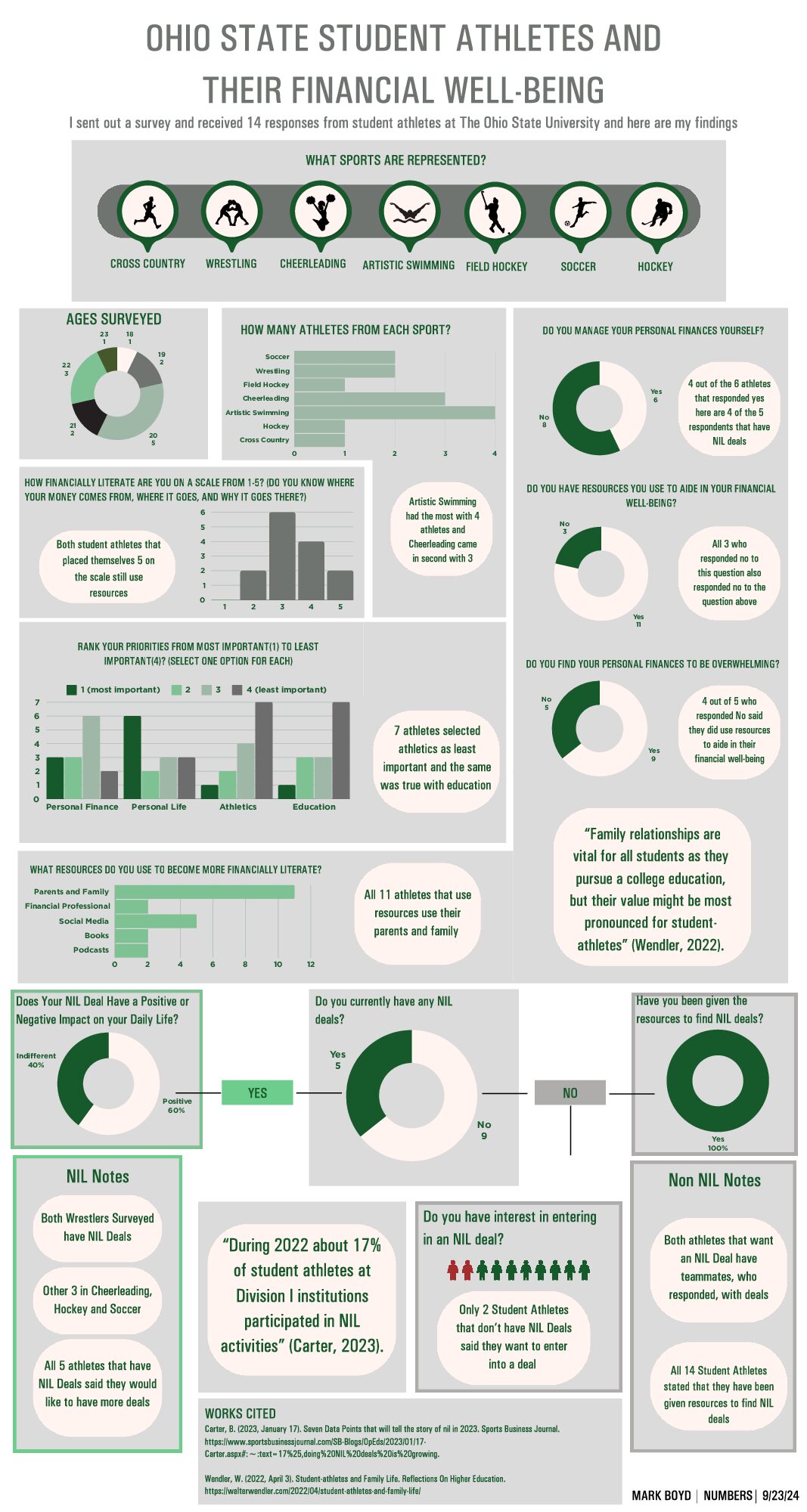Author: Alexis Menten
Our global future is developing through communication, collaboration, and innovation—all of which are dependent on technology. The Internet is now a global marketplace, a global workspace, and a global meeting place that provides a vast array of opportunities to not only learn about the world, but interact with the world.
And yet researchers such as Henry Jenkins from MIT have found that the digital divide in the United States can now be more accurately characterized as a “participation gap.” This gap is growing between youth who have the opportunities and support to participate in rich digital media experiences through technology and the Internet, and those who are not given opportunities to access, create, and participate in the global digital media culture.
A Global and Digital Opportunity for Educators
Digital media literacy in a global era offers more than using technology to do the things that were done by hand before—such as data or word processing, retrieving information, presenting knowledge, and one-to-one communication—it now allows easy participation in the sophisticated global experiences and networks that our wired world affords.
Much has been learned in the past decade about the potential of a technology-rich approach in education. This is recognized in the American Recovery and Reinvestment Act (ARRA), which includes funds for classroom technology and related professional development. To truly transform teaching and learning for the global era, educators can seize this moment to pair digital media and technology with global learning for the 21st century.
How to Harness Digital Media and Technology for Global Learning
Consider these five strategies for using digital media and technology to help students both understand and contribute to the richness and complexity of our wide world.
1. Develop media literacy on a global scale. Help students identify, access, analyze, and evaluate media from around the world, including international news sources that are available in both local languages and English translation. Go deeper to facilitate awareness of how and why different events, peoples, communities, and cultures are represented in the global mass media and how this both reflects different contexts and affects cross-cultural understanding.
Just a sampling of world headlines after President Obama’s recent trip to Turkey shows that mass media can often shape how an event is perceived in multiple countries: “Arabs hail Obama overture to Muslims” (Agence France-Presse), “Good but not enough” (Daily Star, Lebanon), “Turkish leader criticizes Obama” (AP), and “American public did not understand this visit” (Hürriyet, Turkey).
Get started: Ask students to use multiple foreign media outlets when conducting research, and ask them to analyze the reasons why different sources take different angles as part of their findings. Be sure to build this into assessment rubrics.
2. Discover personal opinions behind global issues. Broaden students’ exposure to opinions from other countries through digital media created by individuals, such as blog posts, podcasts, and videos as well as dialogue via comment boards, video-conferences, and any number of collaborative technology tools.
Asia Society’s Creative Voices of Islam project helps foster an increased understanding of the diversity of Islamic voices within the multicultural societies of Asia. Started this year in high schools in the U.S. and Indonesia, students create digital audio slideshows about their communities’ history, cultures, and traditions, which they exchange and discuss on Asia Society’s website. Students use the new perspectives they gained through online exchange to create collaborative productions and screen the media projects in their communities.
Get started: Look for ‘citizen journalist’ reporters on the Internet. They can often be found commenting on or breaking news about unfolding world events. Ask students to analyze in what ways these perspectives are similar and/or different from media reports and why individual voices are important in global dialogue. Beyond accessing others’ opinions, help students exchange theirs through a number of youth-to-youth global sites, such as TakingITGlobal or Youth Media Exchange.
3. Tap into global knowledge networks. Help students realize the power of “collective intelligence” through global networks where information is collected and analyzed. Participation in these networks enables students to develop cross-cultural understanding while addressing global issues, synthesizing information from multiple cultures and collaborating in global teams to responsibly build on existing knowledge as well as generate new knowledge.
There are many online collaborative science projects leading the way. The GLOBE program (Global Learning and Observations to Benefit the Environment), operated by NASA and the National Science Foundation in 110 countries, engages youth, educators, community members, and scientists in collecting and sharing data internationally about critical environmental issues.
Get started: Contact organizations that allow students to work together on global issues and projects. As well as GLOBE, try SEED ePALs, or iEARN. They offer pedagogical support for educators and engaging programming for students.
4. Engage a global audience through online publishing. These days, students should not only share their research and ideas through technology within a classroom or school, but also share their learning worldwide through online publishing tools and websites that reach a global audience.
One example is the International Insider student newspaper of the College of Staten Island High School for International Studies (CSI) in New York City. To cover topics from global warming to the conflict in Iraq, CSI students are in constant dialogue—using a free blogging program—with student reporters in other countries, such as Bahrain, Belarus, Egypt, Poland, and Syria. They have also contributed to student newspapers around the world through the PEARL World Youth News Service, a partnership between iEARN and the Daniel Pearl Foundation that acts as an international wire service for publishing youth-produced news articles online and in student newspapers worldwide.
Get started: Publishing is as easy as starting a free blog using Blogger or WordPress and other similar programs. For a more structured—and more advanced—option, consider Oracle Foundation’s ThinkQuest competition for students. Integrated global teams tackle world issues and publish research and recommendations for the world.
5. Harness the power of virtual simulation to understand global complexity and create solutions. Through the use of virtual reality, games, and modeling applications that simulate real-world experiences through technology, students can test out global theories while immersing themselves in the target content.
Global Kids, an afterschool program in New York City, integrated game design into their Online Leadership Program for teens. Working with Global Kids staff and a game design company, a group of high school youth created “Ayiti: The Cost of Life,” in which players learn about poverty by assuming virtual responsibility for a fictional family in Haiti, making decisions about when to send children to school vs. work, and how to spend scarce resources.
Get started: Ayiti and other ‘serious games’ on global issues can be found through Games for Change, an organization that promotes digital games for social change.
Any of these examples can contain more than one way to integrate global knowledge and skills. Get started to see how these can come together in your digital media projects.
Source: https://asiasociety.org/education/five-ways-use-technology-and-digital-media-global-learning
Comment:
This article provided practical tips for educators to foster a global perspective through actions meant to broaden the student’s knowledge. I believe with the tips provided such as the first one (gather your news from multiple/global sources) will allow students to not see multiple sides to a story. To be able to have a broaden your lens will always be useful in the classroom and beyond.





Virtual reality is interesting in regards to children. I think it will become a much more common child’s toy in the future. Knowing the risks of excessive screen time and the difference between educational and leisurely screen time effects, how could we design VR to be a learning tool in the future?